The optimum lateral displacement for stereo photography
By
Isaac Cheung
Co-founder of vicgi.com
Introduction
When taking the stereo pairs for 3D photography or lenticular printing the normal procedure is to take the first picture to simulate the image to be seen by the left eye, and then move the camera sideways to the right to take another picture for the right eye. The amount of lateral displacement, i.e. how much the camera moves to the right, is an independent variable that one can control. The final depth in a stereo image will be the function of this displacement. The more the camera moves to the right, the deeper the depth, and vice versa. In this paper, we try to define the maximum displacement, also called maximum parallax or the maximum stereo base, for a 3D image that is pleasant to be viewed.
Comfort reading distance
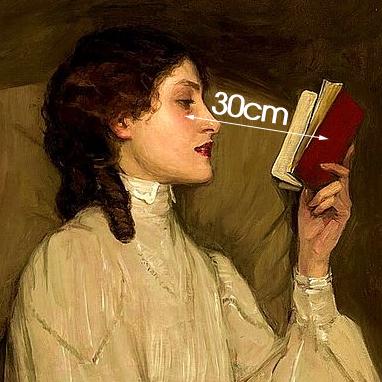
When a person reads, the most comfortable reading distance is about 30cm (11.8″). At this distance, the ciliary muscles of the eyes are at their most relaxed state. Since the distance between two eyes is about 6.5cm (2.6″), from Figure 2 below we can deduct that the angle of view α will be
α = 2.tan-1(65÷2/300) = 12.37o ≅ 12o
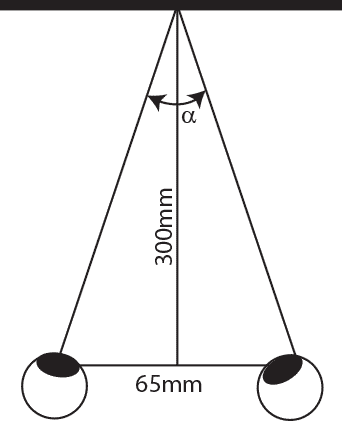
The Optimum Parallax
Since stereo photography has been around for some time, many empirical formulas have been proposed; the Golden Rules of Stereo Photography, for example. Free software such as StereoBase can also be used to calculate camera shifts.
But based on the 12o deduction we had above and our experience, the maximum parallax should not create an angle of view greater than 12o.
When we view a far object the viewing angle will be small and the 3D effect will be less. For example, we know that the sun and the moon are spheres but they look like a disc to us instead because the viewing angle is practically zero. On the other hand, when we view closer objects the viewing angle will be big and the 3D effect will be strong. But when the viewing distance is less than 30cm we will need to cross our eyes and that will create dizziness when we focus too long.
Based on this fact, the optimum parallax or stereo base should always create a viewing angle between 0o and 12o. When shooting far away objects such as a mountain the stereo base can be as big as a few meters. When shooting close-up objects such as an inset then the stereo base can just be as little as a few millimeters.
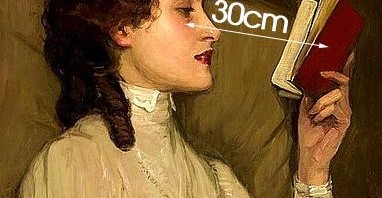

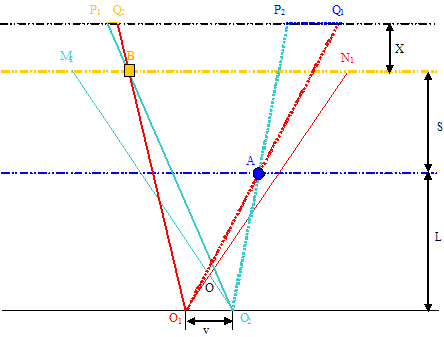
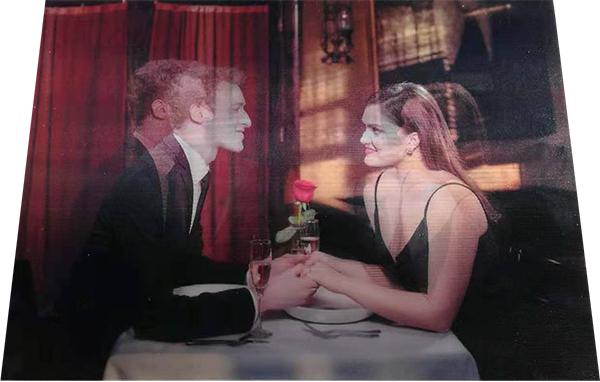
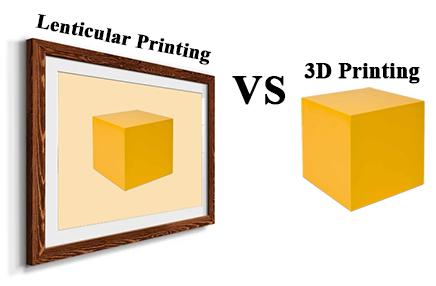
Comment on “The optimum lateral displacement for stereo photography”